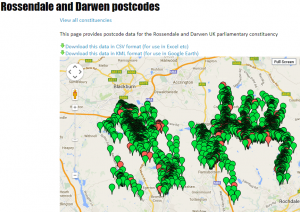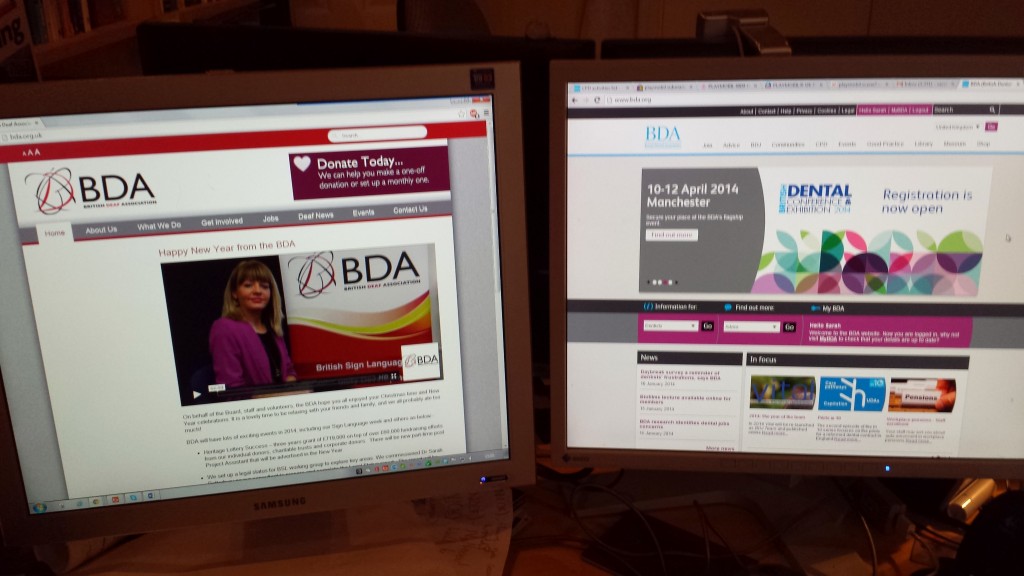Mark Tomlinson (@Mtomlins) recently contacted me via Skype and asked me whether I had source of test data for valid UK addresses and postcodes. In the past I’ve used Brian Dunning’s sample data, and initially I recommended this to Mark. The data appears to be valid, but is actually made up of real first and last names, together with randomised street addresses which do not represent actual locations. This made me wonder what would be a good source of valid addresses for testing.
There are various options available to performance testers, including cuts of production data (suitably anonymised) or the Royal Mail address database. I did a couple of Google searches and stumbled across an excellent site run by Chris Bell, a developer who specialises in .NET, PHP and Google Maps integration.

Chris has a random address generator on his website, you simply enter the number of addresses you require and decide whether you want them comma separated or not, then click a button to create the addresses. As the addresses are created by are plotted on a Google map which demonstrates that they are valid and once the list is complete, you can download it to a text file on your computer.
Chris has some other great code samples on his site including code which converts postcodes to latitude and longitude (and vice versa), lists UK phone dialling codes geographically and has sources of data such as postcodes by parliamentary constituency and even property sales.

This is a fantastic source of data for any tester or even somebody who’s just a bit nosey and wants to know how much their neighbour’s house is worth! 😉


